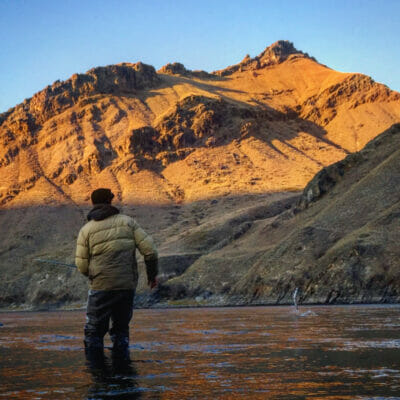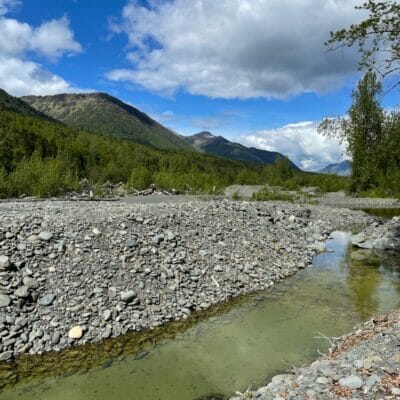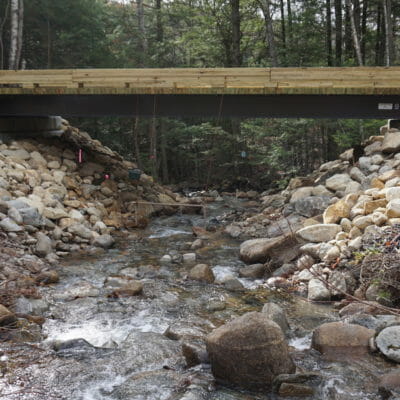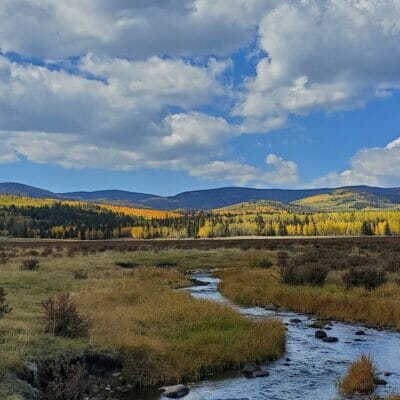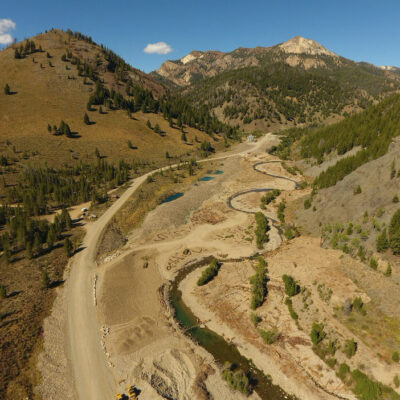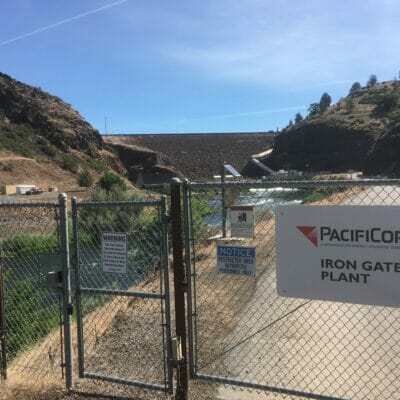by Nick Halle | September 8, 2021 | TU Business
“Removing the Lower Snake River dams is a move to make sure that steelhead and salmon can reach their native waters and continue to inspire generations to come. They are simply too important not to remove a giant thorn in their side.”
Resurrection Creek, on the north end of the Kenai Peninsula near the community of Hope, still shows scars from placer mining that occurred more than 100 years ago
A massive package of legislation, the Bipartisan Infrastructure Investment and Jobs Act is currently working its way through Congress, having been passed by the Senate earlier this week. If enacted, this bill would make essential investments of remarkable size and scope to help the nation address the impacts of climate change, including some of the worst impacts of the…
The bipartisan Infrastructure Investment and Jobs Act, just passed by the U.S. Senate, would deliver a major shot in the arm to trout and salmon conservation efforts across the country. This bill would rebuild, improve and restore America’s infrastructure through a variety of programs, many of which directly support TU’s water, restoration, forest health and mine remediation efforts.
It looked like the brookies were almost certain to extirpate native cutts and that work to improve Jim Creek was a lost cause
The Yankee Fork historically supported robust populations of salmon, steelhead and trout, but mining – and the intensive timber harvest that accompanied it – reduced what once was a complex, meandering river into a virtual flume.
The Klamath River is one of the country’s most beleaguered watersheds. But on July 27 the Oregon Public Utilities Commission provided some good news, when the agency approved an order granting transfer of four old fish-blocking dams to the Klamath River Renewal Corporation so they can be taken out.
